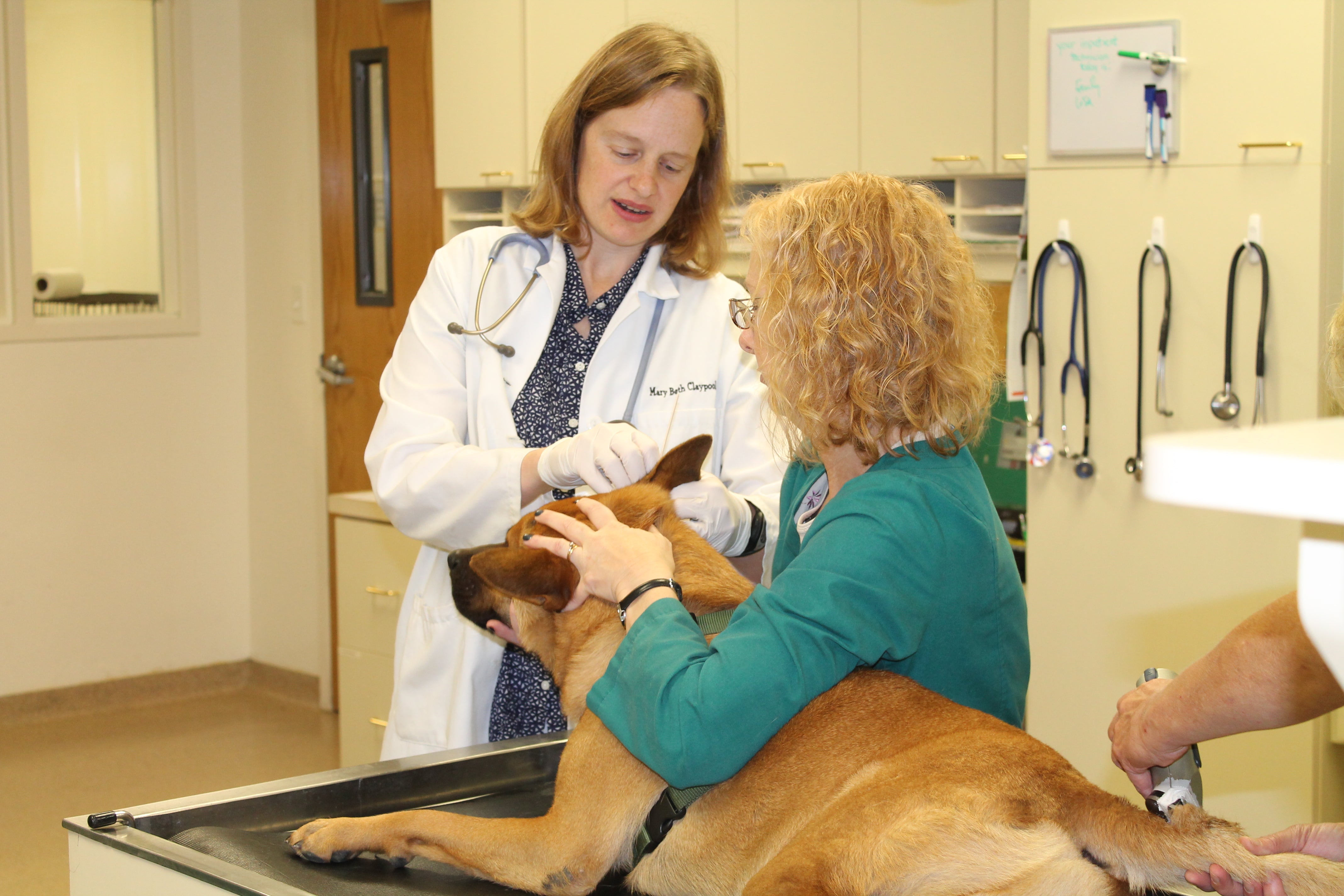Measure your occupational exposure to Isoflurane and Sevoflurane today


We help you measure employee exposure by offering SKC 575 series samplers that have been specifically validated for the measurement of halogenated anesthetic agents. We analyze these using the tried-and-true OSHA 106 method but using a calibrated GC-MS instrument that identifies each substance with very high certainty by recording the mass spectrum (MS) in real-time during the analysis. This MS allows us to rule out the possibility of an interfering substance (ethyl chloride, methylene chloride), ensuring that your results are
correct every time.
Acute exposure to isoflurane is well-known among users to cause severe headaches, loss of balance, and fatigue (see brochure from Cal OSHA). Chronic exposure is reportedly linked to deleterious effects on the central nervous system, dose-dependent effects on the cardiopulmonary system as well effects on fertility such as miscarriages and birth defects (see publication from Loc Pokhrel for risk assessment). Consequently, CAL OSHA has set the legal exposure limit to isoflurane to 2 PPM.

Samplers are ordered online and shipped to the customer
Sampler is worn on shirt collar to measure personal exposure, or placed in a central location to monitor indoor air
The sampler is returned to AbC for analysis and the results are provided to the customer in a formal written report
In the US, the recommended exposure limit for halogenated anesthetics agents is commonly accepted to be 2 PPM (the legal limit in CA). The original recommendation was made in 1977 by NIOSH, long before the introduction of the halogenated agents used today (isoflurane and sevoflurane), and applies to halothane, chloroform, trichloroethylene, enflurane, methoxyflurane, and fluroxene. NIOSH has announced an effort to determine RELs for these new substances, although the results of these studies have not yet been reported. Until these limits are established, “the responsible approach to worker health and safety remains to minimize exposure to (these) waste gases to the lowest practical level" (see recommendations from the American College of Veterinary Anesthesia and Analgesia, downloadable doc). Thus, any detectible exposure is potentially harmful (especially if chronic) and needs to be monitored and controlled. Exposure limits have been established in other countries too. These can be viewed on the German IFA’s GESTIS website.
